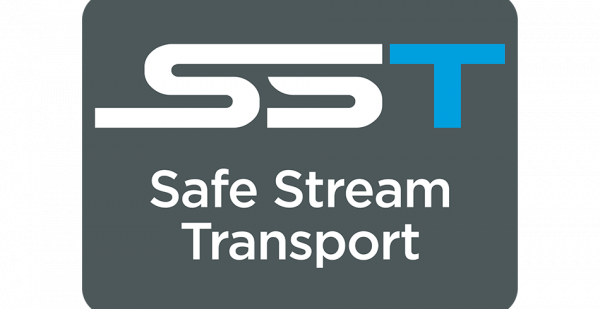Are you new to the world of video streaming or broadcasting? Are you confused about the differences between video encoding and decoding? With so much terminology in this space, it’s easy for beginners to get confused and overwhelmed. That’s why we started the video encoding basics series of blog posts to explain in simple terms, the basic principles that underlie what we do here at Haivision.
Einstein said, “If you can’t explain it simply, you don’t understand it well enough.” So, in this post, we’re going back to basics with an answer to a commonly asked question: what are the differences between video encoding and decoding?
- What is video encoding?
- What is a video encoder?
- What is video decoder?
- What is video decoding?
There are two types of video encoding; live and file-based, and it’s important to make the distinction between them. Live video encoding is the process of compressing large, raw video and audio files so that they use less network bandwidth. When it comes to transporting uncompressed raw video, this can mean a colossal amount of data to send over any connection. Given the constant struggle for bandwidth efficiency, compression significantly reduces the bandwidth required, making it possible for real-time video streams or files to be easily transmitted across constrained networks such as the public internet.
When working with file-based video rather than live video, encoders are used to compress and reduce the size of video content so that it can take up less storage space and be easier to transfer from one part of a video production workflow to another.
To achieve these levels of compression, video encoders use video compression algorithms known as codecs (such as H.264/AVC or H.265/HEVC) which can reduce the raw content data by as much as 1,000 times.
There are two types of video encoders – software and hardware-based.
Software encoders can be installed on standard off the shelf hardware or as virtual machines (VM) in data centers and cloud platforms. Although software can be a great option for encoding file-based video content, depending on the computer hardware they run on, they don’t always offer ultra-low latency levels like dedicated hardware encoders and therefore are not always suitable for live broadcast contribution applications.
If you’re not already familiar with the term, latency is the time it takes for live video to travel from one destination to another. If you want to learn more about low latency and why it matters for video encoding, read our post, What Is Low Latency and Why It Matters.
Hardware encoders are turnkey devices with dedicated processing power for low latency encoding of video streams. Whereas software encoders have to share CPU and other resources, hardware encoders can use purpose-designed microprocessing chips and can encode and stream live video with very little latency.
Hardware video encoders, like the Haivision Makito X4, are used by many of the top broadcasters in the world and by some of the most popular live sports events, including the BBC, FOX Sports, Crossfit, MLB, and NASCAR. Haivision video encoders are also used in a wide range of industries for delivering high quality, low, low-latency video in many different applications including:
Broadcast – Media and entertainment organizations use video encoding for the coverage of live sports, news, and events. Video encoders play an important role in broadcast workflows, including live video contribution, remote production (REMI), cloud production, and post production.
Enterprise – Corporations, like technology, financial services, and retail companies use video encoders in the broadcast production of live events to stream of all-hands meetings, webcasts, company events, and other business-critical content.
Defense and Public Safety – for mission-critical Intelligence, Surveillance, and Reconnaissance (ISR) applications so users can stream critical video captured from all types of platforms including helicopters, body cameras, and vehicles to provide defense and public safety organizations with situational awareness to make informed decisions and respond quickly to urgent situations.
For cases where IP network connectivity is unpredictable, mobile video encoders, also known as mobile video transmitters, have cellular capabilities that enable broadcast video transmission over cellular networks like 3G, 4G, or 5G networks. Mobile video transmitters, like the Haivision Pro series, leverage cellular modems to encode and deliver broadcast-quality at low latency when internet access is limited or unavailable.
Essentially the opposite of live encoding, video decoding is the process of decoding or uncompressing encoded video in real-time. A video decoder converts an encoded video stream to HDMI for display on a screen or to SDI for broadcast production systems like video production switchers. Some video decoders can even support multiple incoming streams and include the ability to resync them prior to decoding to SDI. Video decoders can also decode embedded audio tracks for sound production as well as metadata for information on video formatting, time codes, subtitles, and closed captioning. For non-broadcast applications such as ISR video, metadata may also include vital KLV information.
There are numerous video streaming applications, each with their own set of criteria to consider for delivering an optimal viewing experience. The number of considerations can seem intimidating to beginners but with an understanding of the core concepts above, choosing and configuring a video encoder and decoder for live streaming doesn’t have to be a difficult process.


























